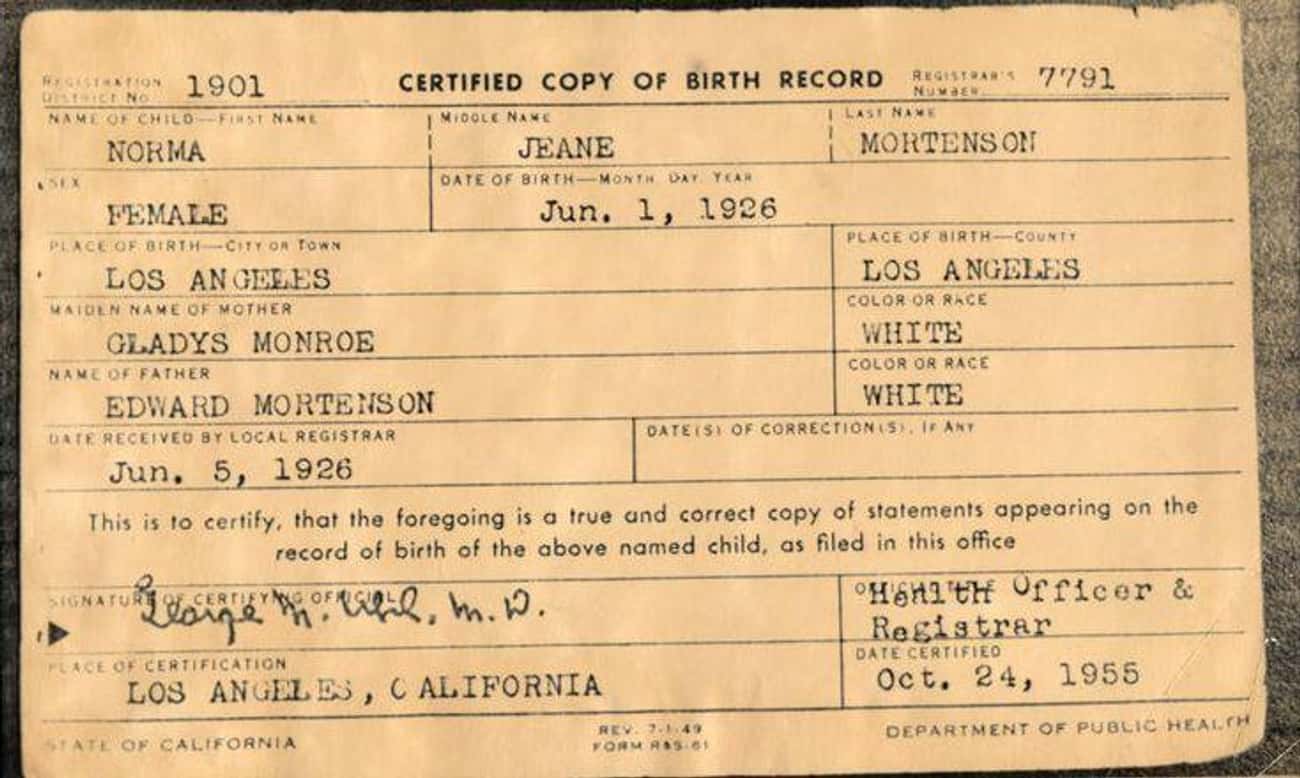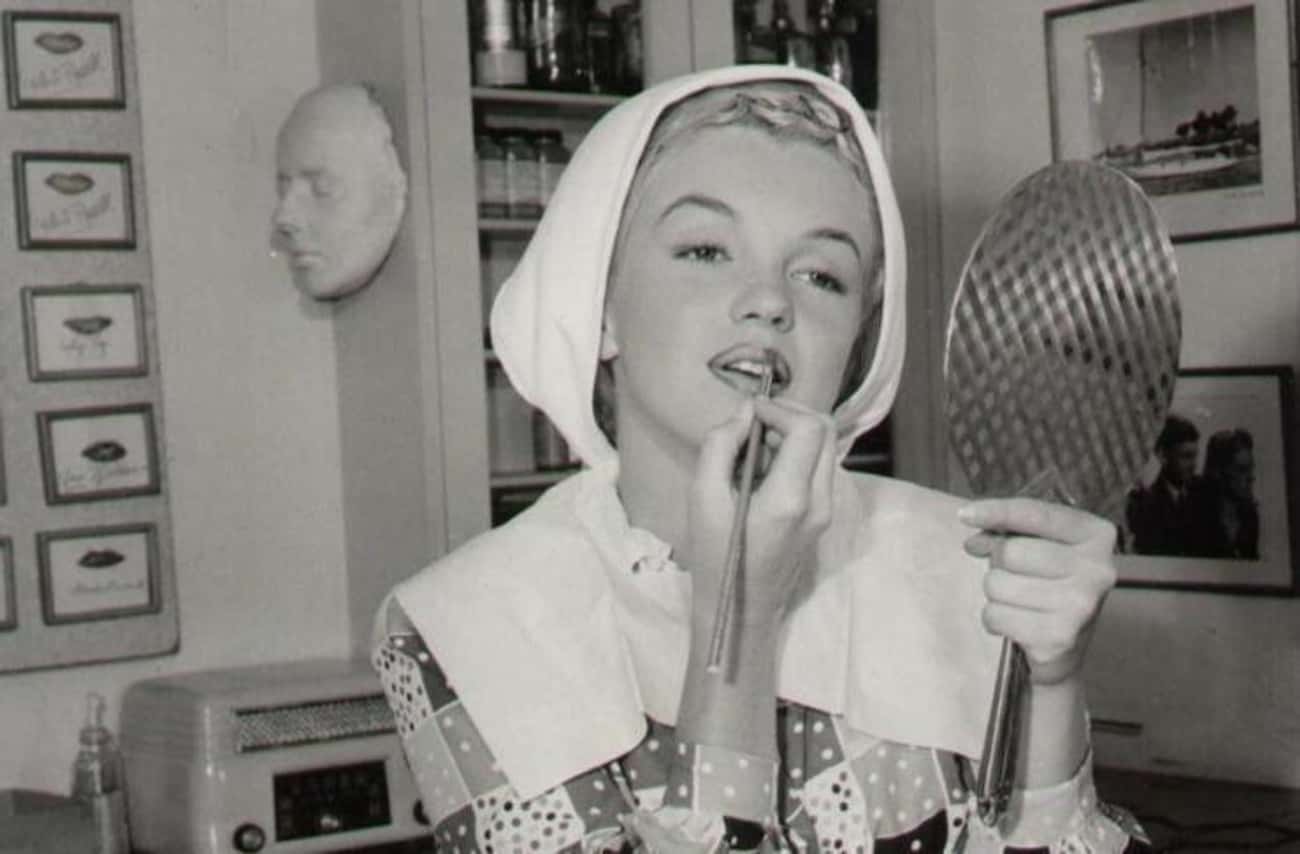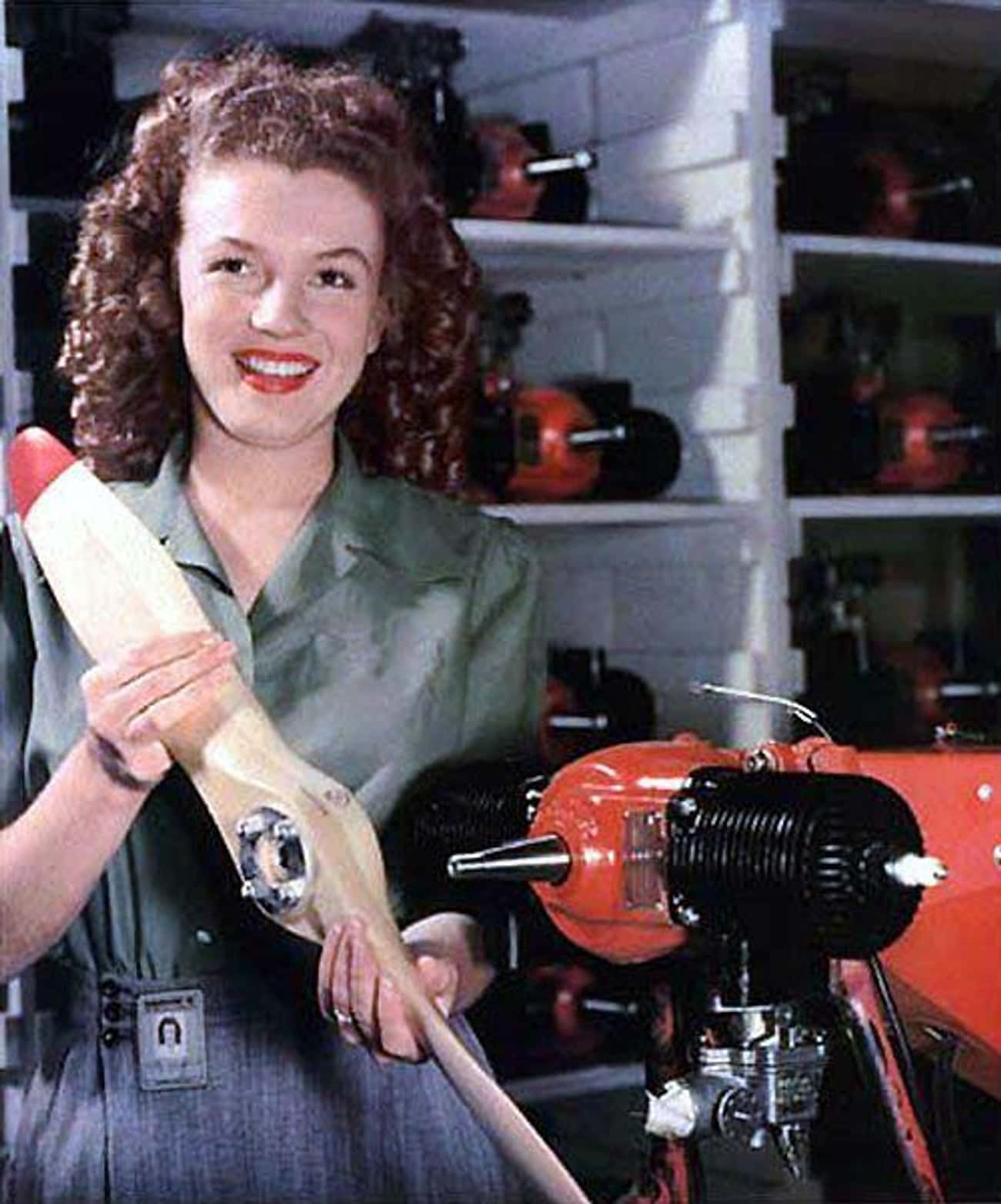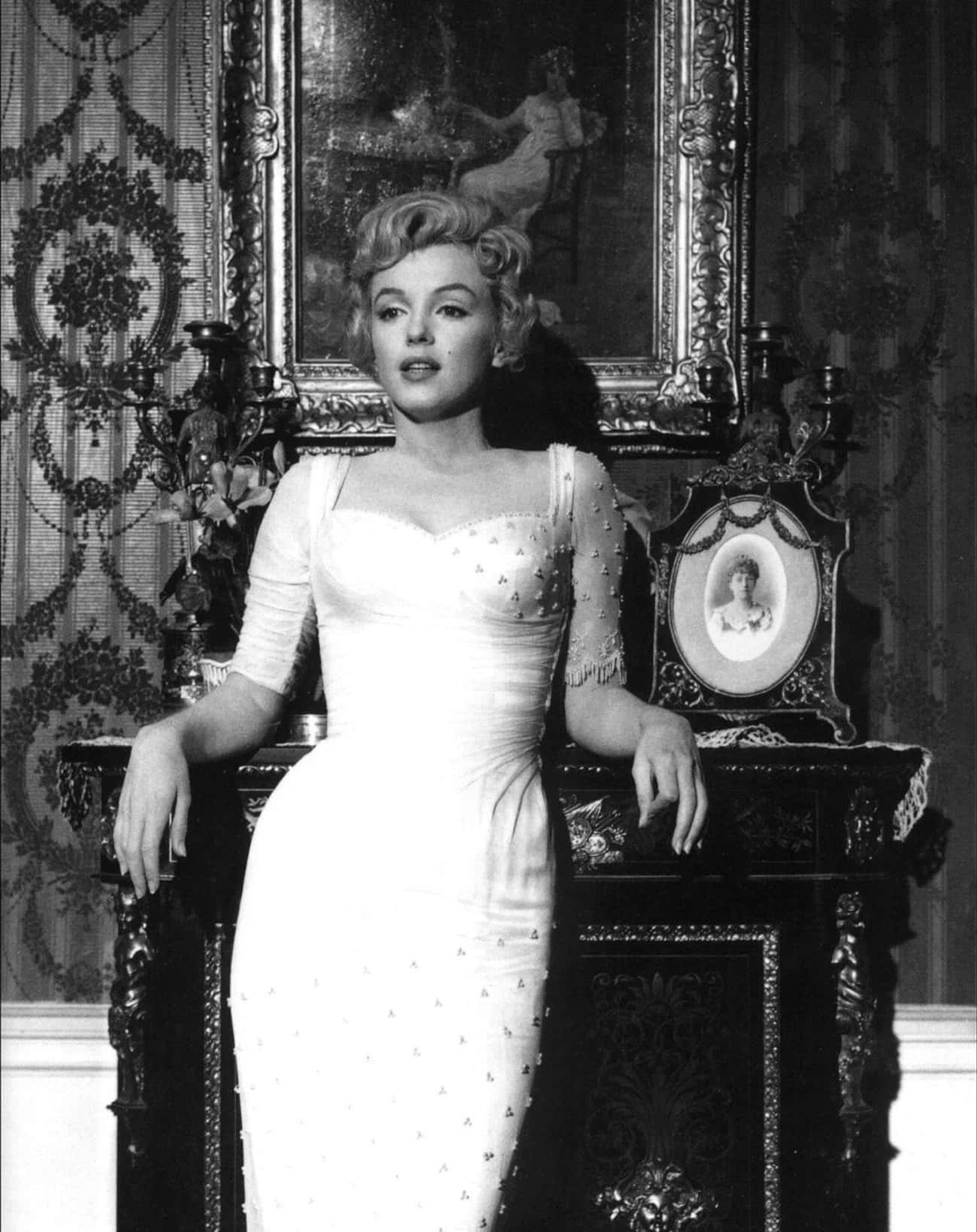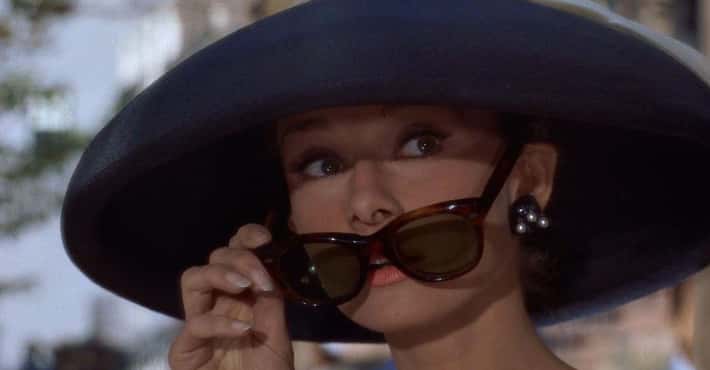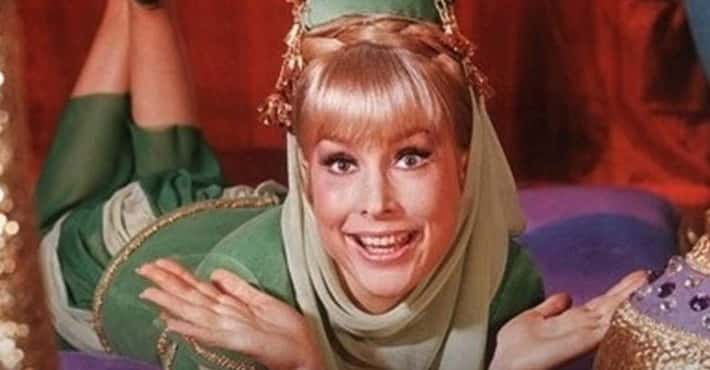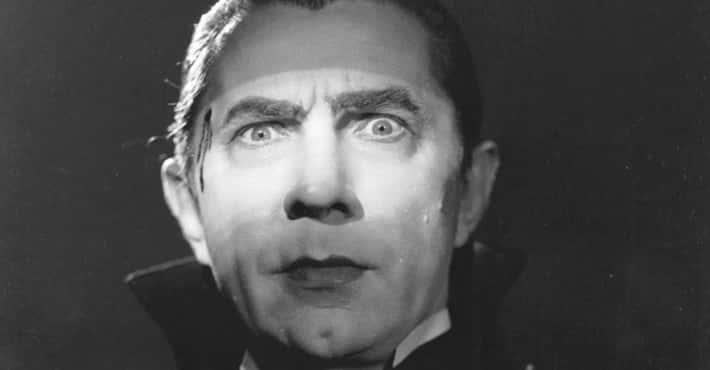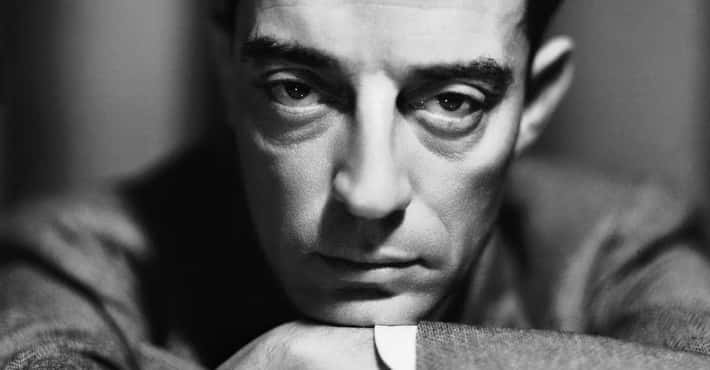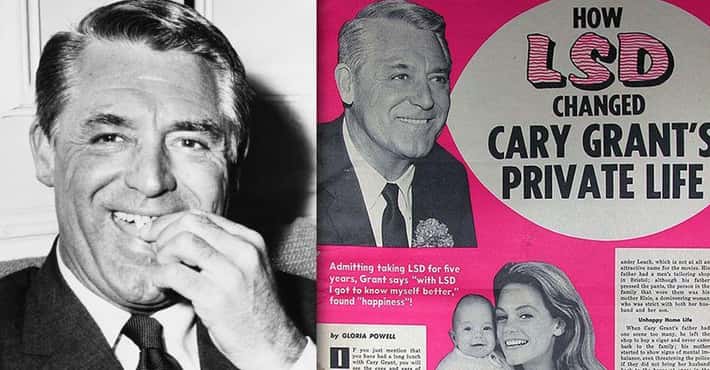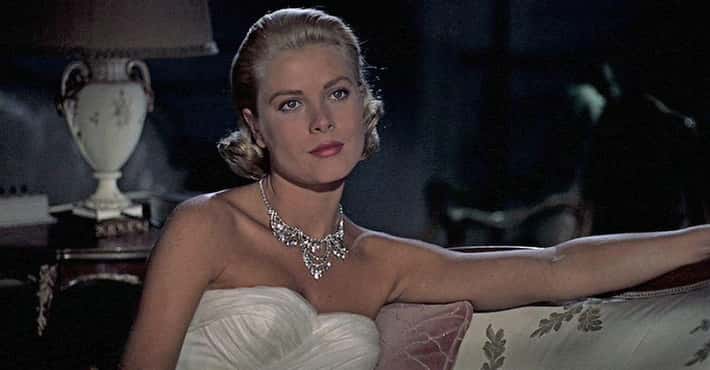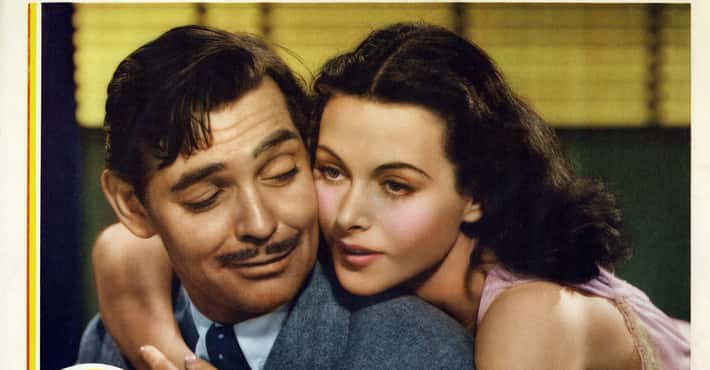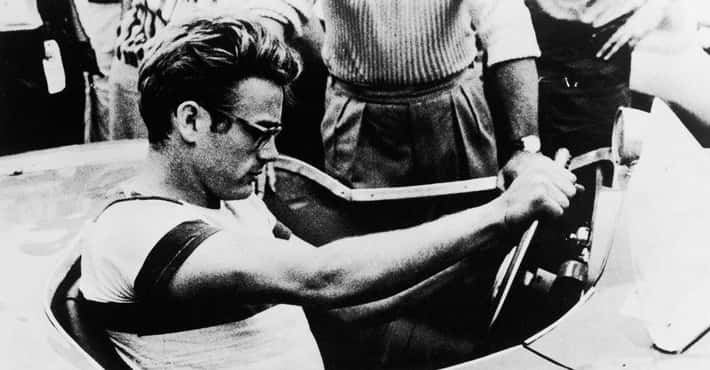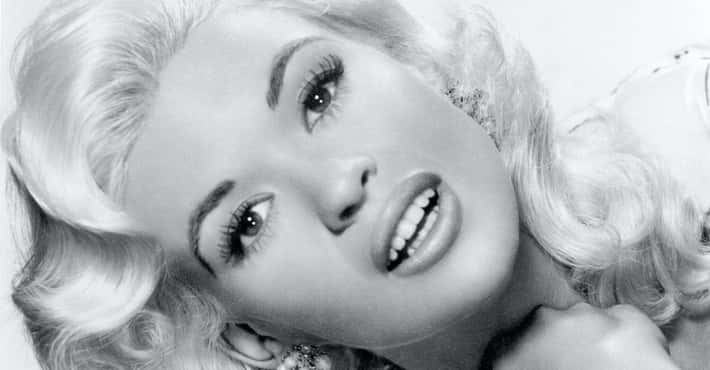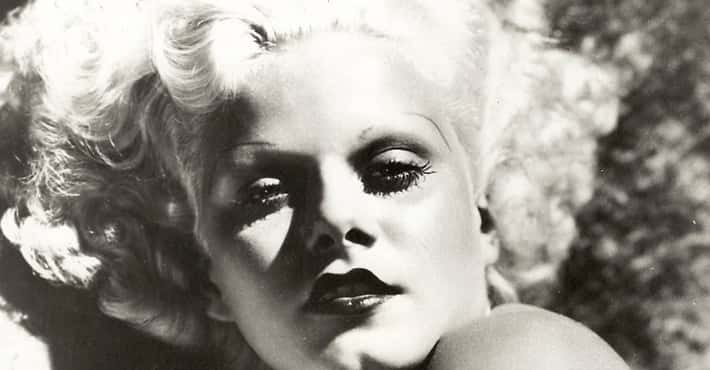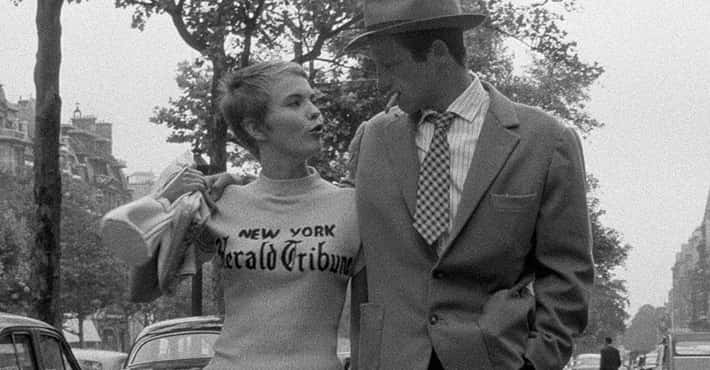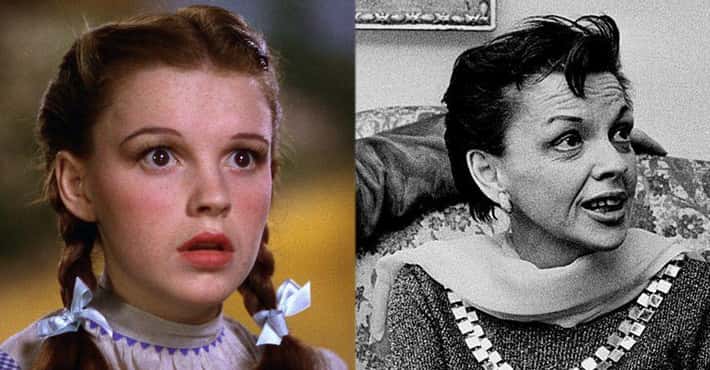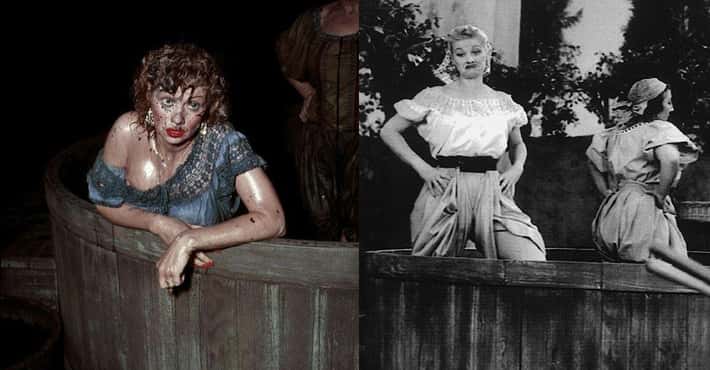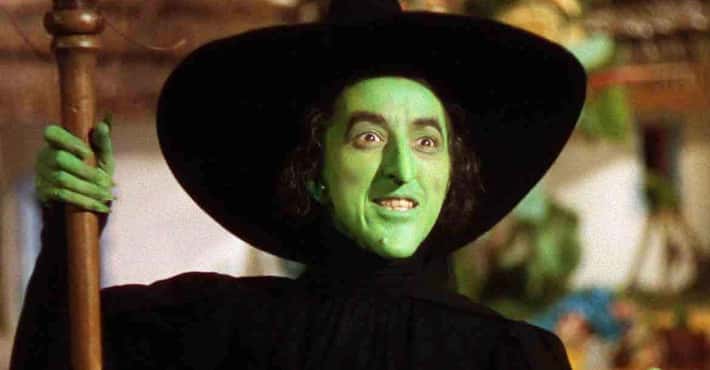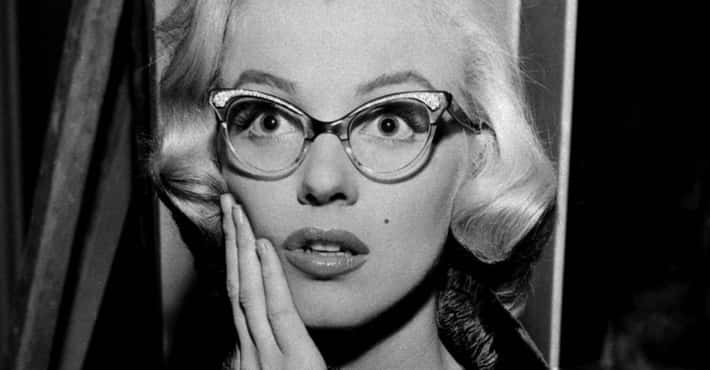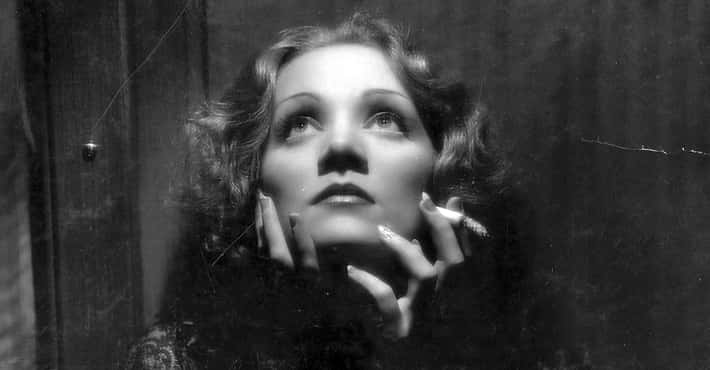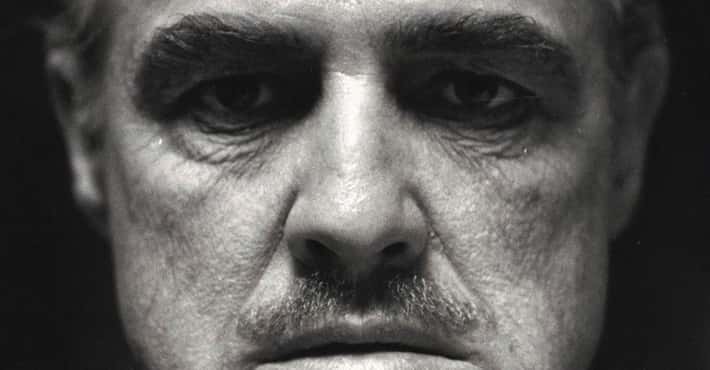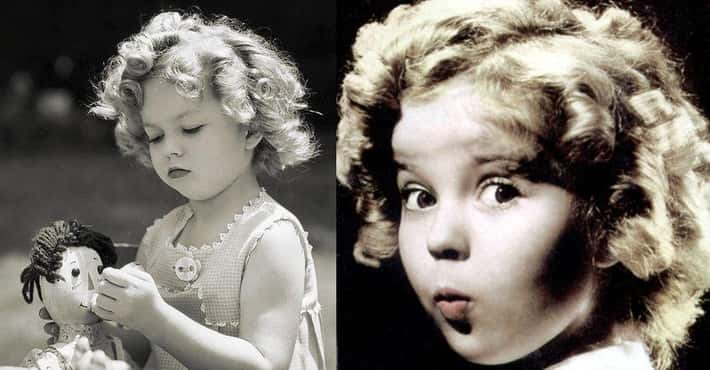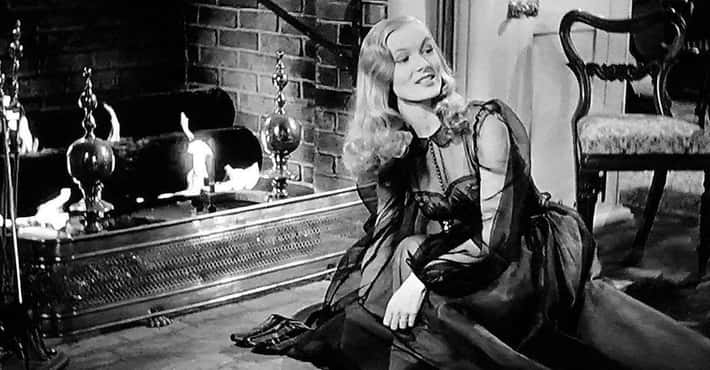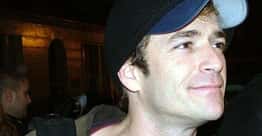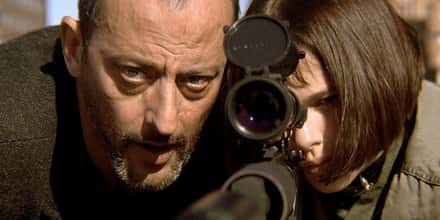Norma Jeane Before Marilyn: The Troubled Childhood Of The Girl Who Would Become Marilyn Monroe
- Photo: Dell Publications, Inc. New York / Wikimedia Commons / Public Domain
At 2 Weeks Old, She Was Sent To Live With A Foster Family
Norma Jeane Baker was born to Gladys Baker on June 1, 1926, but her time with her mother was short-lived. Baker, who struggled with undiagnosed mental health issues as well as financial difficulties, gave up her daughter to a foster home only two weeks after giving birth.
The foster home was located in Hawthorne, CA, and run by Ida and Wayne Bolender, a kind, religious couple. It was Baker's hope that she would be better able to maintain a long-term relationship with her newborn daughter by making this sacrifice right away, as she had already lost custody of two children, Jackie and Berniece, from a previous marriage. Norma Jeane ended up living with the Bolenders for most of the first seven years of her life.
When Norma Jeane Was 3, Her Mom Stuffed Her In A Duffel Bag And Tried To Run Away With Her
When Norma Jeane was in the foster home in which she'd been living since just after her birth, she found herself in perhaps the closest semblance of a family unit she would have until her adolescence. However, this time of stability was also fraught with difficulties primarily having to do with her mother's mental health.
One such instance occurred when Baker arrived unexpectedly at the foster home in a manic state requesting to take her daughter back home to Hollywood with her. When Norma Jeane's foster parents Ida and Wayne Bolender refused, sensing the unpredictability of Baker's state of mind, Baker proceeded to lock Ida out of the house, hide Norma Jeane, all of 3 years old, in a duffel bag, and attempt to escape with her. The attempt was unsuccessful, and the Bolenders retained custody of Norma Jeane.
- Photo: Department of Health of State of California / Wikimedia Commons / Public Domain
She Never Knew Her Father, Whose Identity Remains Unclear
According to her birth certificate, Marilyn Monroe (born Norma Jeane Mortenson, and later baptized Norma Jeane Baker) was born to Gladys Baker Mortenson and Edward Mortenson at Los Angeles General Hospital on June 1, 1926. But as with many things in the future star's life, even these details were unreliable at best.
Despite his name being on her birth certificate, there is little evidence to suggest that Mortenson was Norma Jeane's biological father. Though he had once been married to Baker, the pair had separated before the pregnancy.
Throughout her life, Norma Jeane struggled to confirm the true identity of her father. Many believe it was C. Stanley Gifford, whom Baker had worked with while employed as a film cutter at Consolidated Film Industries prior to Norma Jeane’s birth. However, Gifford repeatedly denied being Norma Jeane's father. Despite numerous attempts on her part to meet with him during her adult life, Gifford refused to speak with her.
- Photo: Edward William Cronenweth / Wikimedia Commons / Public Domain
After Her Mom Was Diagnosed With Paranoid Schizophrenia, Norma Jeane Became A Ward Of The State
Though Norma Jeane spent the first seven years of her childhood living in a foster home in a Los Angeles suburb, she still remained in contact with her mother, Gladys Baker. After numerous failed attempts at regaining custody of her daughter, Baker finally managed to convince Ida Bolender, the foster mother, that she was stable enough to care for Norma Jeane again.
After Baker received a bank loan to help her buy a home in Hollywood, she and Norma Jeane were finally able to live together under the same roof for the first time.
The arrangement didn't last long. A short time after the two were reunited, Baker learned that her son, Jackie, and her grandfather had both passed. This, along with mounting financial strain, precipitated a breakdown so dramatic, the authorities had to be called. Shortly after this event, Baker was institutionalized and diagnosed with paranoid schizophrenia; Norma Jeane became a ward of the state and was sent to live in another foster home.
For Years She Rotated Between Relatives, Family Friends, And An Orphanage
Following the diagnosis and institutionalization of her mother, Norma Jeane found herself yet again moving between unstable homes. After shifting between a few different residences, Norma Jeane went to live with her mother's friend, Grace McKee, who in turn became her new legal guardian for a time. But after only two years' time, McKee got married to Doc Goddard and could no longer afford to care for Norma Jeane.
At this point, Norma Jeane found herself at the Los Angeles Orphans Home Society. In an interview, she remembered her reaction to being brought to the orphanage:
I began to cry, "Please, please don't make me go inside. I'm not an orphan, my mother's not [deceased]. I'm not an orphan - it's just that she's sick in the hospital and can't take care of me. Please don't make me live in an orphans' home."
Goddard (née McKee) later returned to get Norma Jeane, who had spent two years in the orphanage, and tried to include her in her family with her new husband and his children. Ultimately, this failed and Norma Jeane continued moving from foster home to foster home. These homes included those of her great-aunt Olive and Ana Lower. By age 16, having spent the last eight years shifting between homes, she ended up back in the care of the Goddards.
In Norma Jeane’s Formative Years, Her Mother Visited The Foster Home Regularly
Though Gladys Baker gave up custody of Norma Jeane shortly after her birth due to financial strain, she was determined to maintain a relationship with her daughter. She made frequent visits to the Bolenders' home in Hawthorne, CA, to spend time with Norma Jeane. On a few occasions, she was permitted to take her daughter back to her Hollywood apartment for the evening.
During this time, Baker was working at Consolidated Film Industries trying to save money to readopt her daughter.
- Photo: David Conover / Wikimedia Commons / Public Domain
She Got Married At 16, Primarily To Avoid Going Back To The Orphanage, And Dropped Out Of High School
By the time she was 15, Norma Jeane was living with the Goddards and attending Van Nuys High School, enjoying some of the most normal and stable months of her life. However, when the Goddards determined they would be moving to West Virginia - and that Norma Jeane would not be able to go with them - she decided she would do whatever it took to avoid going back into the foster care system or another orphanage.
With Grace Goddard's blessing and guidance, Norma Jeane decided to marry her 21-year-old boyfriend, Jim Dougherty, in order to avoid being placed in another home when the Goddards left town. After the two were officially engaged, Norma Jeane dropped out of high school. Just a few weeks after Norma Jeane's 16th birthday, she and Dougherty were married.
Her Mother’s Side Had An Extensive History Of Mental Illness
It wasn't just that Norma Jeane was raised without a father, or that she spent much of her adolescence jumping between foster homes due to her mother's inability to care for her. In fact, many of the struggles she endured during childhood and adolescence were present long before she was born.
Throughout her life, Norma Jeane's mother, Gladys Baker, suffered from bouts of mania that have been attributed to either depression or paranoid schizophrenia. And she was far from alone; each member of her own immediate family had, at one point or another, been diagnosed with various mental illnesses and institutionalized. Baker's parents, Otis and Delia Monroe, had both been institutionalized at the end of their lives, and her brother, Marion, was diagnosed with paranoid schizophrenia.
Because of this legacy of mental health struggles on her mother's side, Norma Jeane spent much of her life concerned that she, too, would suffer the same unstable fate.
She Had A Stable Home With ‘Aunt Ana,’ And Became Committed To Christian Science
Between the ages of 8 and 16, Norma Jeane shifted between numerous homes and guardians before finally marrying and becoming emancipated from the foster care system. During this volatile period, however, she did find herself with one guardian who provided her with some semblance of normalcy. When Grace Goddard could no longer care for her, she sent Norma Jeane to live with Grace's aunt - Ana Lower, or "Aunt Ana."
Lucky for Norma Jeane, Aunt Ana turned out to be one of the kindest caregivers she'd had. Aunt Ana was also a member of the Christian Science Church and began instructing Norma Jeane in its teachings. It was at this point that Norma Jeane became a dedicated Christian Scientist before eventually parting from the church some eight years later.
- Photo: Teichnor Bros., Boston / Wikimedia Commons / Public Domain
As A Teenager, She Discovered She Had A Half-Sister In Kentucky, And They Struck Up A Kinship
After her mother's breakdown and subsequent institutionalization, Norma Jeane saw her mom only rarely. During one of their meetings, Baker revealed to Norma Jeane the name of her half-sister, Berniece - one of the two other children Baker had before giving birth to Norma Jeane.
This information appeared to give Norma Jeane a newfound hope at having a family connection, and she began writing to Berniece, who lived in Kentucky. This eventually became one of the longest-lasting relationships in Norma Jeane's life.
- Photo: Milton H. Greene / Wikimedia Commons / Public Domain
In Lieu Of Consistent Authority Figures, She Sometimes Offered Lies And Embellishments About Her Mom And Dad
Due to a severe lack of consistency in her home and family life, Norma Jeane found other ways to cope with and make sense of her situation. And in many cases, this led to exaggerated - if not entirely fabricated - stories about her life and family.
This habit manifested early on in the form of the presumed identity of her father. Her birth father, who was never part of her life and has never been officially identified, remained a ghost to her for much of her life, despite the fact that she desperately wanted to meet him. To deal with these feelings of loss, she began to associate a picture she once found in her mother's room of the famous actor Clark Gable, which led her to begin telling classmates that he was in fact her father.
Later, when her career was in full swing, she began stating in interviews that both of her parents had perished when she was young, and that this was what had led to her upbringing in orphanages and foster homes. Though her father's whereabouts were never confirmed, her mother was still alive during this time.



